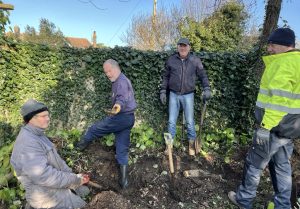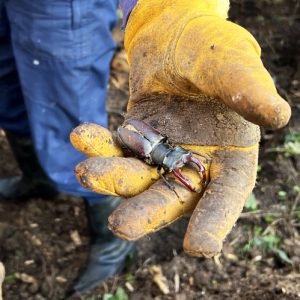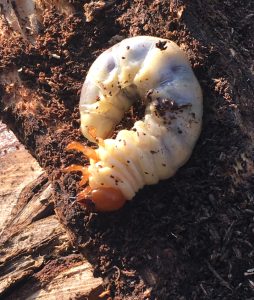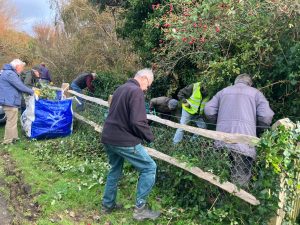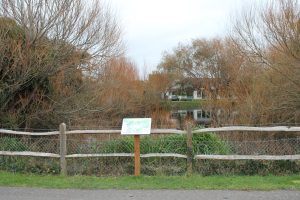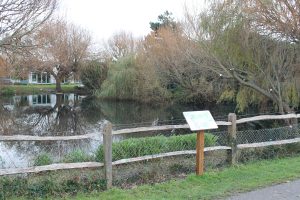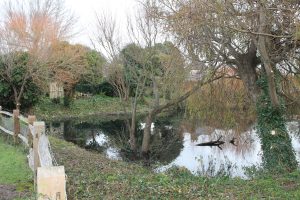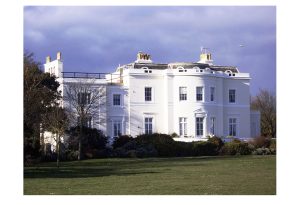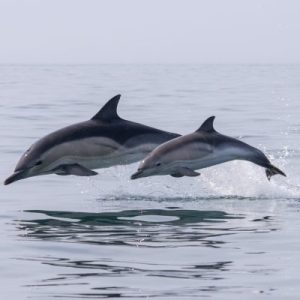Chiara Agnarelli, a local volunteer with the Marine Conservation Society, gave a talk to our 26 January meeting, highlighting the many threats to the sea’s wildlife, the world’s food supply, its function as a ‘carbon sink’ and its value for recreation. The main threat, she said was the increasing pollution from litter and sewage, but other problems like over-fishing of many species and ‘bottom trawling’ which scraped the sea floor, killing vast numbers of small animals and plants.
The Marine Conservation Society, founded in 1983, aims to work with governments, businesses and communities to reduce pollution, maintain edible fish stocks and keep our seas and beaches as pleasant unspoilt facilities for recreation. It works by influencing, campaigning and invigilating every aspect of damage to the marine environment, and by direct action with local amenity groups in Beach Cleans and cleaning the rivers and streams that often carry litter and other pollutants out to sea. Individuals too were being encouraged to reduce their own impact on the sea – by buying only responsibly-caught fish, avoiding single-use and unrecyclable plastic, and being careful with what they flush down the toilet.
Chiara said it was a long, hard battle to stop the unnecessary damage to the sea and its wildlife and there were many setbacks, but it was very good to see the number of conservation groups along the Sussex coast making such an impact. In West Sussex alone some 560 volunteers collected nearly 14,000 pieces of litter in 2022 and the figures for 2023 were expected to show much more being done.
David Bettiss said Ferring was doing its bit as the Conservation Group’s beach cleans and litter picking from the Rife banks were regular, well organised, and very well supported and it was good to hear of so much work being done at county and national level,
Graham Tuppen reported on work being done at Warren Pond to protect and enhance its wildlife, including a hibernaculum for over-wintering animals and insects, and on the bird life all over Ferring. He said the Big Garden Bird Count at the end of the month was expected to show a good number of Waxwings.
Ed Miller gave an update on local planning issues: the application for 47 houses in the Kingston Gap would almost certainly be refused by Arun DC and he was confident that the Persimmon appeal regarding the housing estate on Chatsmore Farm, would finally be dismissed following the Public Inquiry in February.

